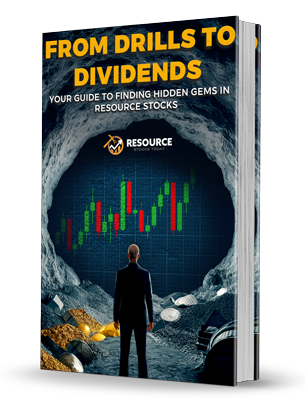Tariffs: A Misleading Bullish Narrative for Gold
As the discourse surrounding tariffs intensifies, a prevailing narrative has emerged positing that increasing tariffs inherently bolster the gold market. However, this perspective misreads historical data and trends, as evidence suggests that gold has actually performed poorly in high-tariff environments. This article unpacks the complexities surrounding the relationship between tariffs and gold prices, urging investors to adopt a more nuanced view.
Gold’s Recent Surge: Correlation vs. Causation
Leading into the current market conditions, gold (GC00) has seen a significant rally, crossing the $2,900 mark for the first time—an impressive uptick of over 10% since the year’s outset and nearly 45% over the last twelve months. Many analysts and investors are keen to attribute this surge to the escalating threat of tariffs. However, making such a correlation oversimplifies the situation and overlooks historical performance trends.
The Historical Context of Tariffs and Gold
To understand the relationship between tariffs and gold, it’s essential to analyze data over a considerable timeframe. The author derived insights from years of tariff information since 1916, segmenting years into two groups based on whether the average tariff was above or below the median. The results reveal that gold’s average inflation-adjusted return tends to outperform during periods of lower tariffs.
Despite the validity of these findings, caution is warranted. Historically, gold trading only became unrestricted after the early 1970s when President Richard Nixon dismantled the gold standard. Since that critical juncture, which saw gold values ascend from $35 an ounce to nearly $2,900, the average tariff levels in the U.S. have remained notably low, staying below 3% for the past 30 years and never exceeding 5% in over five decades.
Dissecting the Tariff-Regime Data
The rarity of significant tariff regimes complicates the analysis. Rate shifts in tariffs throughout U.S. history have been minimal, creating challenges when correlating gold price movements. For instance, the 1960s and earlier were dominated by specific duties—fixed dollar amounts levied on imports—distorting the relationship when expressed in percentage terms of total imports. As Dartmouth College economics professor Douglas Irwin highlighted, this historical context necessitates a careful examination of the data, as it risks oversimplifying the intricacies of economic forces.
Understanding Correlation and Its Limitations
An essential principle in analytics is that correlation does not imply causation. Irwin emphasized that simplistic assumptions linking tariffs to gold prices may fail to consider broader economic factors at play. Amounting tariffs have not necessarily equated to economic strength; rather, they may reflect posturing in a complex global trade environment, which could equally impact gold demand and pricing.
The Bottom Line: Complexity Over Simplicity
While it may be tempting to craft straightforward narratives about why gold prices are rising or falling—especially during tumultuous economic times—the underlying truths are often more intricate. The next time the conversation around tariffs and gold price predictions heats up, consider the multifaceted nature of these assets and the broader economic landscape influencing them.
In summary, the assertion that higher tariffs are bullish for gold does not align with historical data. Instead, investors should exercise caution and critically evaluate claims linking tariffs to gold market performance. Understanding this complexity will aid in making informed investment decisions in the commodities and resource-driven sectors.















